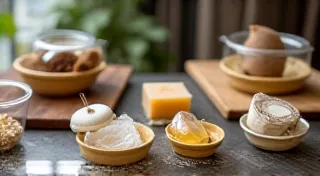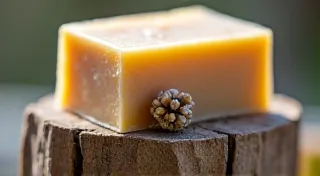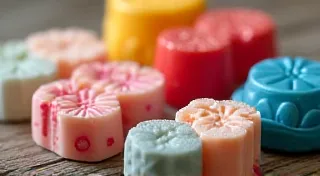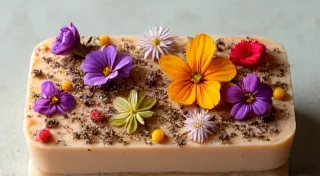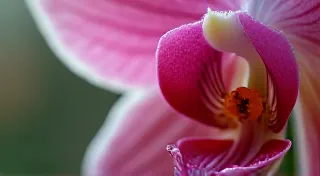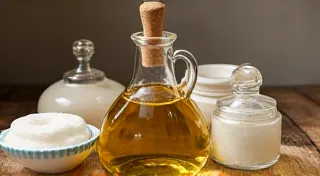Marble Veins & Silent Whispers: Mapping Geologic Imperfection in Artisan Soap Design
There’s a peculiar solace in imperfection. Think of an antique accordion, its bellows cracked with age, the ivory keys yellowed and worn, yet brimming with a life that a pristine, factory-fresh model could never possess. It whispers stories of countless hands that have coaxed music from its depths, of smoky bars and lively gatherings. It’s not flawless, not perfect – and that’s precisely what makes it exquisite.
The same philosophy applies to artisan soapmaking. While precision and consistency certainly have their place, the truly captivating soaps are those that embrace the unpredictable, the seemingly random, the touch of geologic imperfection.
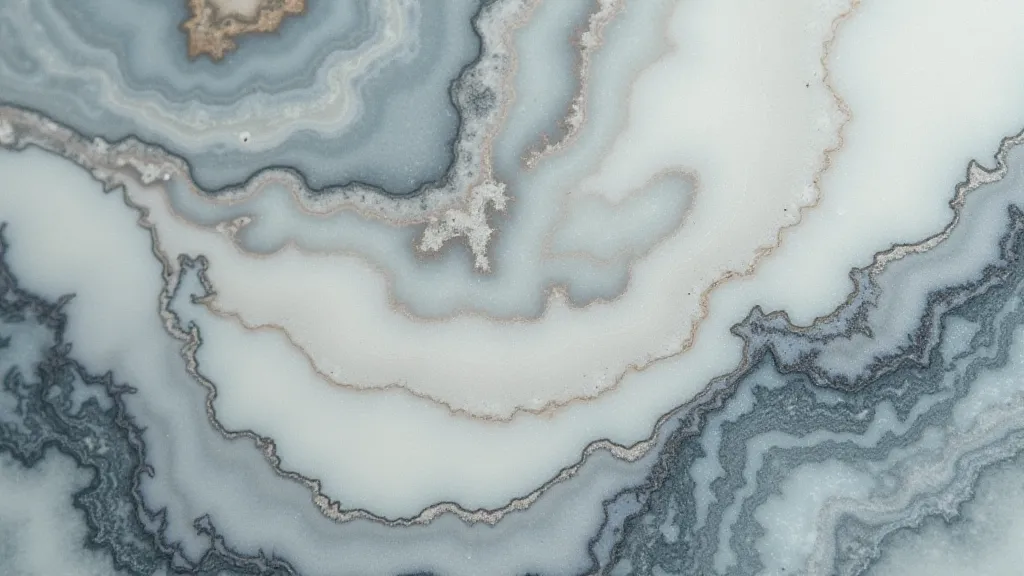
The Allure of the Unplanned
For years, soapmaking tutorials focused on achieving uniform color and consistent swirl patterns. While those techniques produce lovely results, they can also feel… clinical. The modern artisan soapmaker strives for something more: a soap that resonates with the raw beauty of the natural world – the chaotic elegance of a river delta, the layered complexity of a sedimentary rock formation, the mesmerizing patterns found in agate. Many new soapmakers begin with simple techniques, and to truly understand the nuances of soap, delving into the fundamentals of melt and pour soapmaking basics can be a great starting point.
This isn's about creating 'mistakes' and trying to hide them. It's about actively seeking them out, understanding them, and incorporating them into the design as intentional elements. It’s about moving beyond a focus on the 'perfect' result to appreciate the journey of creation and the unique story each bar of soap tells.
Drawing Inspiration from the Earth
Think about marble, formed under immense pressure over millions of years. Its swirling veins aren't intentional; they are the result of mineral impurities trapped within the rock. Or consider agate, a banded chalcedony, a testament to layers of silica-rich fluids depositing over centuries. These natural formations aren’t symmetrical; they are a celebration of asymmetry. They are a visual narrative of time, pressure, and change.
The goal isn’t to replicate these formations exactly, but to channel their essence into our soapmaking process. How can we translate the feeling of geologic depth and complexity into a solid bar of cleansing goodness?
Techniques for Embracing the Unexpected
Several soapmaking techniques lend themselves particularly well to this approach. Layered pouring, for example, is a classic method, but instead of aiming for neat, even layers, consider deliberately varying the colors and thicknesses. Overlap them. Let them bleed into each other. Introduce a contrasting color on top at the very end, allowing it to settle and create an unexpected flourish. To truly master layering, you might even want to explore a more detailed guide to layered soapmaking; it’s a skill worth honing.
Embedding is another powerful tool. Incorporate natural elements – dried flowers, herbs, even small pebbles (properly cleaned and sanitized, of course) – to create pockets of texture and visual interest. The placement isn't precise; it's organic, like a fossil embedded within rock.
Trace manipulation is key. Trace is the point at which saponification has progressed enough that the soap batter is thickening. At light trace, a gentle swirl can be achieved. But at mid-trace, a more chaotic, textured effect can be achieved, mimicking the fractured appearance of weathered stone. Experiment with different tools and movements to see how they impact the final design. Think less about controlled swirls and more about “painting” with your soap batter.
Don’t be afraid to experiment with different additives too. Certain clays, like bentonite or kaolin, can create subtle variations in color and texture. Adding a small amount of mica can create a shimmering effect, like the sparkle of minerals in a rock face.
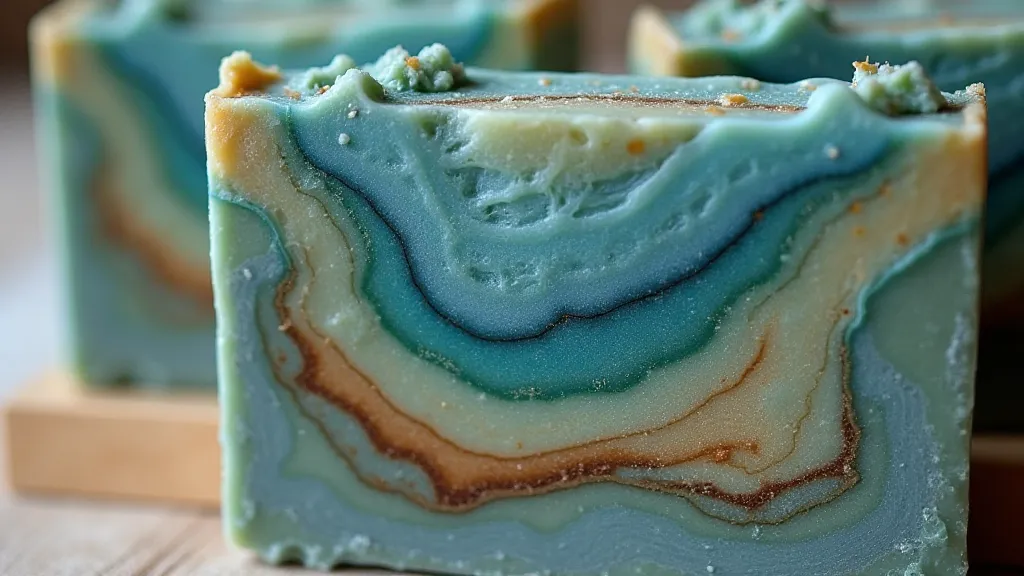
Beyond the Recipe: Understanding the Science of Trace
The concept of "trace" is central to understanding how to manipulate soap batter and achieve those unpredictable, organic effects. Trace isn't just a point on a timetable; it's a complex interaction between the fats, lye, and water in your soap mixture. Achieving the precise trace you need for a particular design takes practice and a solid understanding of the underlying chemistry. Different oils react differently, and factors like temperature and humidity can significantly impact trace development. A foundational understanding of the entire soap making process can often be achieved through melt and pour soapmaking basics, providing an accessible introduction to the science before tackling cold process.
The Wabi-Sabi Aesthetic in Soapmaking
This approach to soapmaking aligns perfectly with the Japanese aesthetic philosophy of *wabi-sabi*. *Wabi-sabi* finds beauty in imperfection, impermanence, and the natural progression of time. It values authenticity and simplicity over manufactured perfection. It celebrates the cracks and chips that tell a story.
A wabi-sabi soap isn’t about hiding the imperfections; it’s about celebrating them. It's a reminder that true beauty lies not in flawless perfection, but in the unique character and story of each individual piece. A slight variation in color, a subtle bump in the surface, a slightly irregular swirl – these aren’t flaws; they are signatures of the creative process.
Customizing Your Approach: A Journey of Experimentation
The techniques discussed so far provide a fantastic starting point, but true mastery comes from personalized experimentation. Consider what story you want your soap to tell. Are you evoking the tranquility of a moss-covered forest floor? The drama of a volcanic landscape? Let these narratives guide your choices of color, texture, and embedded elements. Many soapmakers seek to develop their own unique aesthetic, and learning about approaches beyond the basics can unlock incredible possibilities. Exploring custom soapmaking techniques can provide a deeper dive into personalization and design.
Beyond Technique: Understanding the ‘Language’ of Patterns
As you experiment with these techniques, start to learn to "read" the patterns that emerge. Why did that color bleed in that particular way? What caused that unique texture? Understanding the underlying causes of these patterns will allow you to intentionally recreate them and even develop new techniques.
Think of it like an artist learning to understand the behavior of paint on canvas. Initially, the results might be unpredictable, but with practice, they can begin to control the medium and create precisely the effects they desire.
The Importance of Curing
Beyond the visual artistry, don’t underestimate the crucial role of proper curing plays in the quality of your soap. Curing allows excess water to evaporate, resulting in a harder, milder, and longer-lasting bar. It's during this period that the saponification process completes, and the soap mellows, reducing the potential for skin irritation. Factors like the types of oils used and the curing environment will influence the time needed for optimal results. Understanding the underlying chemical reactions that occur during curing is essential for ensuring a high-quality finished product.
Troubleshooting Common Issues
Even with careful planning and execution, unexpected results can occur. Soda ash, for example, can result in a powdery surface, while premature darkening can be caused by oxidation. Fortunately, many of these issues are easily resolved with a bit of knowledge and troubleshooting skills. Learning to diagnose the root causes of these problems is an important part of becoming a proficient soapmaker.
Expanding Your Creative Vision
Mastering the basics is just the first step. There’s a whole world of creative possibilities waiting to be explored. Consider experimenting with different scent profiles, incorporating botanicals for added benefits, or even creating sculptural soap designs. The only limit is your imagination.
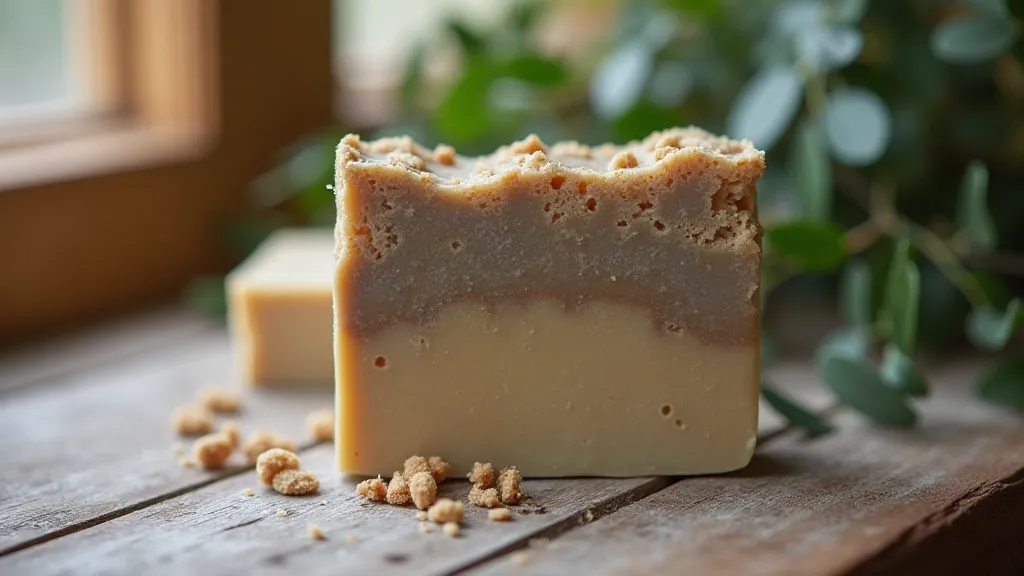
Beyond the immediate aesthetics, understanding the nuances of your soap making process can also improve the final product. Properly cured soap, for example, is milder and longer lasting. Ensuring a complete cure will make sure the subtle design elements you worked hard to create will last the life of the bar.
